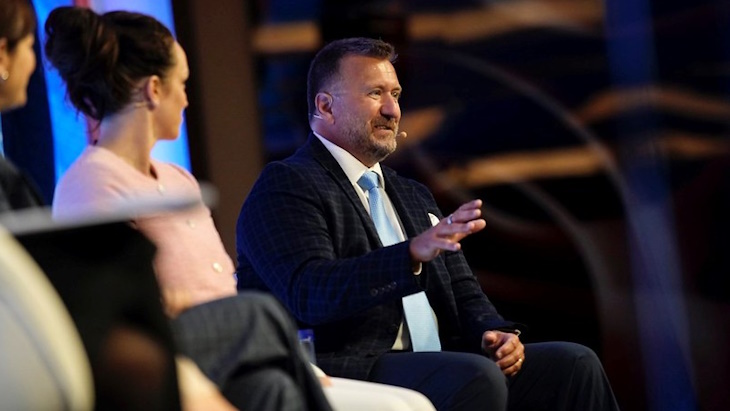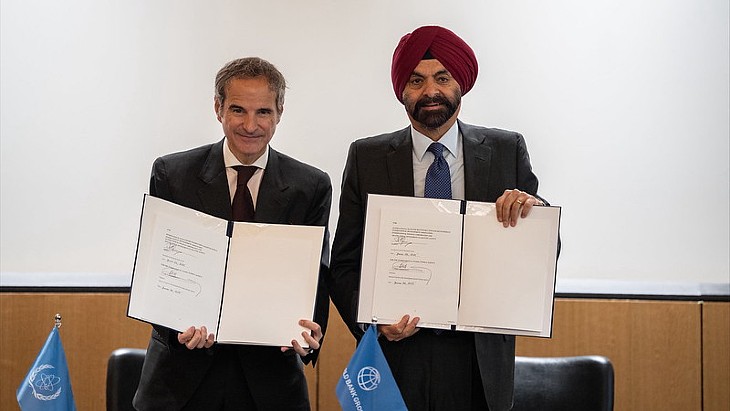State support pivotal to Russia’s nuclear sector, says report

Russia's nuclear power industry consists of 89 enterprises that are owned by the state-run joint stock company Atomic Energy Power Corporation (AEPC), or Atomenergoprom, its Russian name.
Since commissioning its first, five-megawatt, nuclear power plant, in Obninsk in 1954, Russia has been one of the world's leading countries in nuclear power generation, S&P says, and the country plays an important role in all parts of the nuclear cycle, from mining to construction.
The report - What Makes Russia's Nuclear Sector Competitive - says state support includes capacity-supply agreements, ad hoc equity contributions from the government, and low nuclear liabilities that accrue only after 2011.
In contrast to global peers, Russian nuclear power generation is cost competitive compared with other fuel types, the report adds, thanks to low construction costs and supportive electricity market design.
The country's construction costs for new plants are "well below" European levels thanks to vertical integration, the "lasting effects" of local currency devaluation in late 2014, and the "learning-curve effect" as Russia was among the few countries in the world that recently commissioned several new plants.
"We expect domestic nuclear capacity to increase only moderately because electricity demand in Russia is stagnating, given only modest GDP growth, a significant potential for energy savings, and the government's intention to avoid raising electricity prices through additional increases in capacity payments," the report says.
The key risks, according to S&P, concern international projects: tighter requirements for new builds, which are likely to mean potential delays - "as seen with" the Hanhikivi project in Finland; and, nuclear phase-out policies in Western Europe that "could weigh on exports in the longer run".
"That said, we believe exports of fuel and enrichment services should be resilient in the next several years because Russia mostly exports to nuclear-supportive countries under long-term contracts," the report says.
"Meanwhile, treatment of nuclear waste or decommissioning services could increase in importance," it adds.
AEPC has "solid" profitability and financial metrics compared with international and local peers, S&P says, which provides "financial capacity" for new nuclear power construction, domestically and abroad.
Although Russia is involved in a "record number" of international nuclear power construction projects, the prime contractor is AEPC's unrated sister entity Atomstroyexport, and AEPC is only directly involved in two projects, Hanhikivi in Finland (34%) and Akkuyu in Turkey (96%), the report notes.
AEPC covers all stages of the civil nuclear cycle, from uranium extraction (about 13% of global production) through enrichment and fuel fabrication (about 36% and 17% global market shares) to electricity generation in Russia. It is the sole operator of nuclear plants with 29.1 GW, or 12% of Russia's total installed capacity, and 18% of the country's electricity production, at ten plants and 35 units in operation.
_77790.png)
_59102.jpg)
_49833.jpg)






..._58412.jpg)

